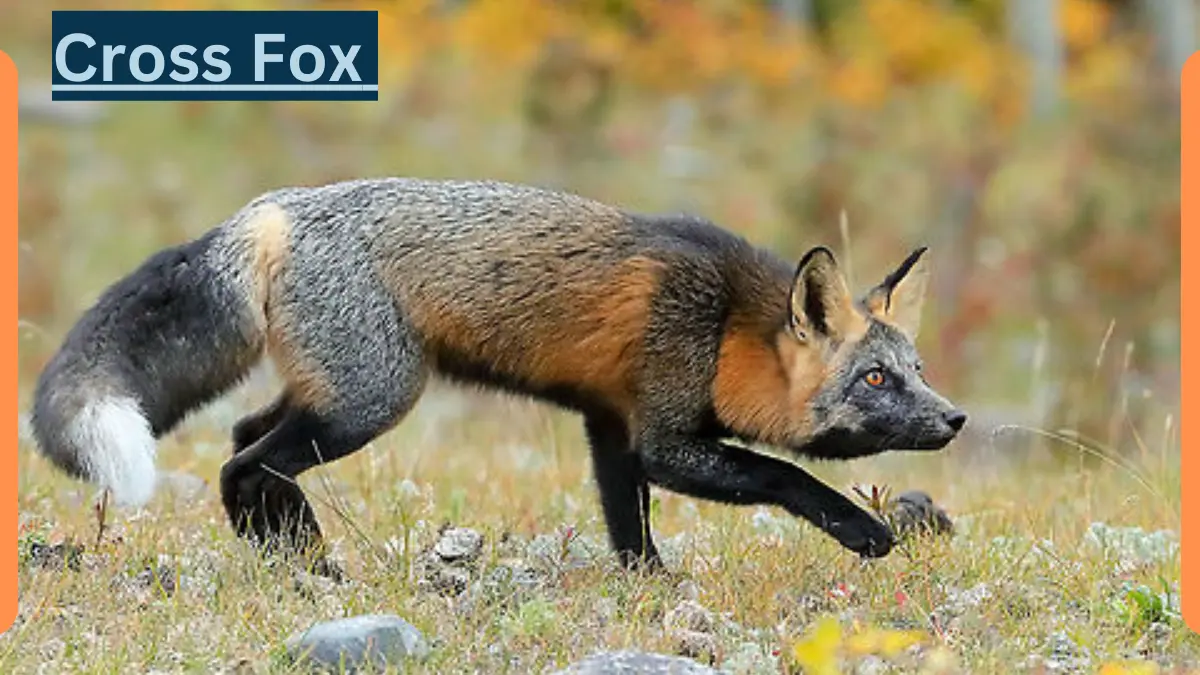Bactrian Camel Animal Facts | Camelus bactrianus
October 17, 2023
The Bactrian Camel (Camelus bactrianus) is a large, two-humped camel species known for its ability to thrive in arid and rugged environments, especially in parts of Central Asia.

Bactrian Camel
Here’s some information about the Bactrian camel:
| Topic | Information |
| Species and Characteristics | Species: Bactrian Camel (Camelus bactrianus) |
| Physical Appearance: Bactrian Camels are known for their distinctive two humps, which are used to store fat. They have a shaggy, brownish-gray coat that provides protection from the harsh desert environment. | |
| Size: Adult Bactrian Camels typically stand about 6 to 7 feet (1.8 to 2.1 meters) at the shoulder and weigh around 1,500 to 2,200 pounds (680 to 1,000 kilograms). | |
| Origins and Habitat | Bactrian Camels are native to the arid regions of Central Asia, including Mongolia, China, and parts of Russia and Iran. They are well adapted to desert and mountainous terrains. |
| Behavior and Lifestyle | Adaptability: Bactrian Camels are highly adapted to extreme environments. They are known for their ability to withstand cold temperatures, rugged terrain, and long periods without water. |
| Herbivores: They primarily feed on a diet of thorny desert plants, grasses, and occasional grains when available. Their humps serve as fat reserves to provide energy during food shortages. | |
| Reproduction and Life Cycles | Bactrian Camels reproduce sexually, with females giving birth to a single calf after a gestation period of around 13 months. |
| Diet and Prey | Bactrian Camels are herbivores, feeding on a variety of plant materials found in their arid habitats. They are capable of consuming tough, thorny vegetation. |
| Predators and Threats | Their main threats are habitat loss due to human activities, such as mining and agriculture. They are not common targets for predators, but may be vulnerable to large carnivores in some regions. |
| Interesting Facts and Features | Biodiversity Significance: Bactrian Camels are considered an important part of the biodiversity of their native regions and have adapted to harsh conditions over centuries. |
| Domestication: They have been domesticated for thousands of years, and they play a crucial role in the lives of many Central Asian people, serving as pack animals and sources of transportation and milk. | |
| Relationship with Humans | Bactrian Camels have been integral to the way of life for many people in Central Asia, providing transportation and carrying goods across difficult terrains. |
| Conservation Status and Life Today | Bactrian Camels face various conservation challenges, including habitat loss and the impact of climate change. They are classified as critically endangered in the wild, with conservation efforts in place to protect their populations and habitats. |
File Under:







Leave a Reply